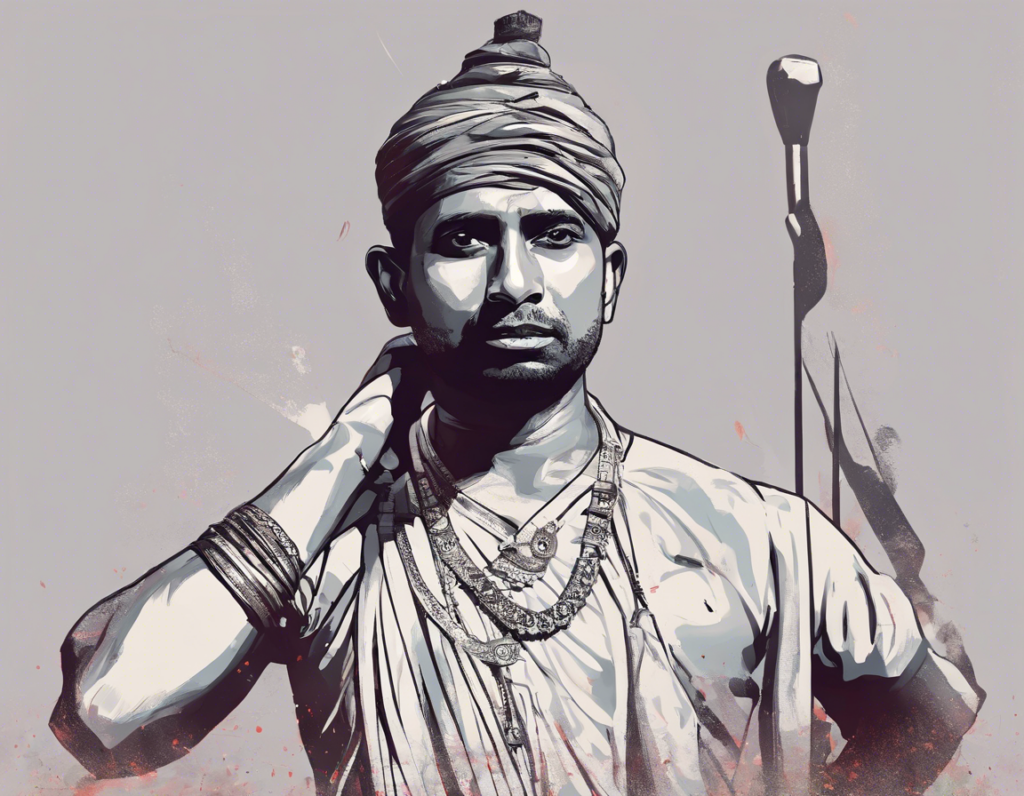
Introduction
Cricket, often hailed as a gentleman’s game, sometimes witnesses contentious moments that stir debate among fans, players, and experts. Umpiring decisions, in particular, can be a hot topic of discussion, especially when they involve video reviews. In recent times, the name Kumar Dharmasena has become synonymous with controversial video decisions in cricket. Let’s delve into some of the instances where the Sri Lankan umpire’s calls have sparked widespread scrutiny and critique.
The Infamous Decision in the 2019 World Cup Final
One of the most talked-about incidents involving Kumar Dharmasena occurred during the 2019 ICC Cricket World Cup final between England and New Zealand. In the last over of the match, with England needing 9 runs off 3 balls, a throw from the deep resulted in a crucial moment. As Martin Guptill’s throw deflected off Ben Stokes’ bat and raced to the boundary, the umpires awarded England six runs, including the four overthrows and two runs taken before the throw. However, upon reviewing the incident, it was noted that the batsmen had not crossed for the second run when the fielder released the ball, which meant England should have been awarded only five runs instead of six.
The decision sparked outrage among New Zealand supporters and cricketing pundits alike, with many questioning the umpires’ interpretation of the rules. Kumar Dharmasena, who was officiating in that World Cup final, came under intense scrutiny for his role in the controversial decision-making process.
The DRS Drama
Decision Review System (DRS) plays a pivotal role in modern cricket, allowing teams to challenge on-field umpiring decisions. However, the effectiveness and accuracy of DRS have also been called into question on multiple occasions. Kumar Dharmasena’s handling of DRS referrals has been a point of contention, with several instances where his decisions have left both teams and spectators baffled.
In matches where Dharmasena has been the on-field umpire, there have been instances where DRS reviews have led to further confusion rather than clarity. His interpretation of the technology and the rules governing DRS has been a subject of debate, with critics pointing out instances where his decisions have seemed questionable or inconsistent.
Controversies in the Ashes Series
During the 2019 Ashes series between England and Australia, Kumar Dharmasena found himself at the center of another controversy. In the second Test at Lord’s, an lbw decision against Ben Stokes off the bowling of Nathan Lyon was overturned on review. The ball tracker showed that the impact was “umpire’s call,” meaning the on-field decision should have stood. However, to the surprise of many, Dharmasena’s original decision was overturned, much to the frustration of the Australian team.
The decision prompted criticism from former players and analysts, who questioned the accuracy and consistency of the decision-making process. Dharmasena’s role in crucial moments like these has raised concerns about the standard of umpiring in elite-level cricket.
The Role of Technology in Umpiring
With the advancement of technology in cricket, the role of on-field umpires has evolved significantly. The introduction of tools like Hawk-Eye, ball tracking, and Snickometer has enhanced the decision-making process and provided greater accuracy in crucial moments. However, the use of technology has also exposed the limitations and challenges faced by umpires in interpreting complex situations.
Kumar Dharmasena’s experiences highlight the fine line that umpires must tread when making split-second decisions in high-pressure situations. The reliance on technology has placed a heavier burden on umpires to make the right calls, and instances of human error or misjudgment can have far-reaching consequences in a game.
Umpiring Standards and Accountability
The scrutiny faced by umpires like Kumar Dharmasena raises broader questions about umpiring standards and accountability in cricket. While umpires are expected to make decisions to the best of their abilities, the increasing reliance on technology has also magnified the impact of their errors. In an age where every decision is scrutinized and dissected through multiple camera angles and replays, the margin for error for umpires has become increasingly slim.
It is essential for cricket’s governing bodies to support umpires with ongoing training, technology familiarization, and clear guidelines on decision-making processes. Additionally, mechanisms for reviewing and addressing errors should be in place to ensure that umpiring mistakes do not overshadow the spectacle of the game.
Conclusion
Kumar Dharmasena’s controversial video decisions in cricket highlight the complexities and challenges faced by modern umpires. As the game continues to evolve with advancements in technology and scrutiny of decisions, the role of umpires in maintaining fairness and accuracy becomes increasingly critical. While controversies will always be part of cricket, it is essential for all stakeholders to work towards enhancing umpiring standards and ensuring accountability in the decision-making process.
FAQs
Kumar Dharmasena’s umpiring has come under scrutiny due to controversial video decisions, especially in high-profile matches like the 2019 World Cup final.
What role does technology play in cricket umpiring?
Technology, including tools like Hawk-Eye and ball tracking, has enhanced umpiring accuracy but also exposed challenges in decision-making.
How can umpiring standards be improved in cricket?
Umpiring standards can be enhanced through ongoing training, technology familiarization, and clear guidelines for decision-making.
What are the implications of umpiring errors in cricket?
Umpiring errors can have significant implications on match outcomes and the reputation of umpires, highlighting the need for accountability.
What lessons can be learned from controversies involving umpiring decisions?